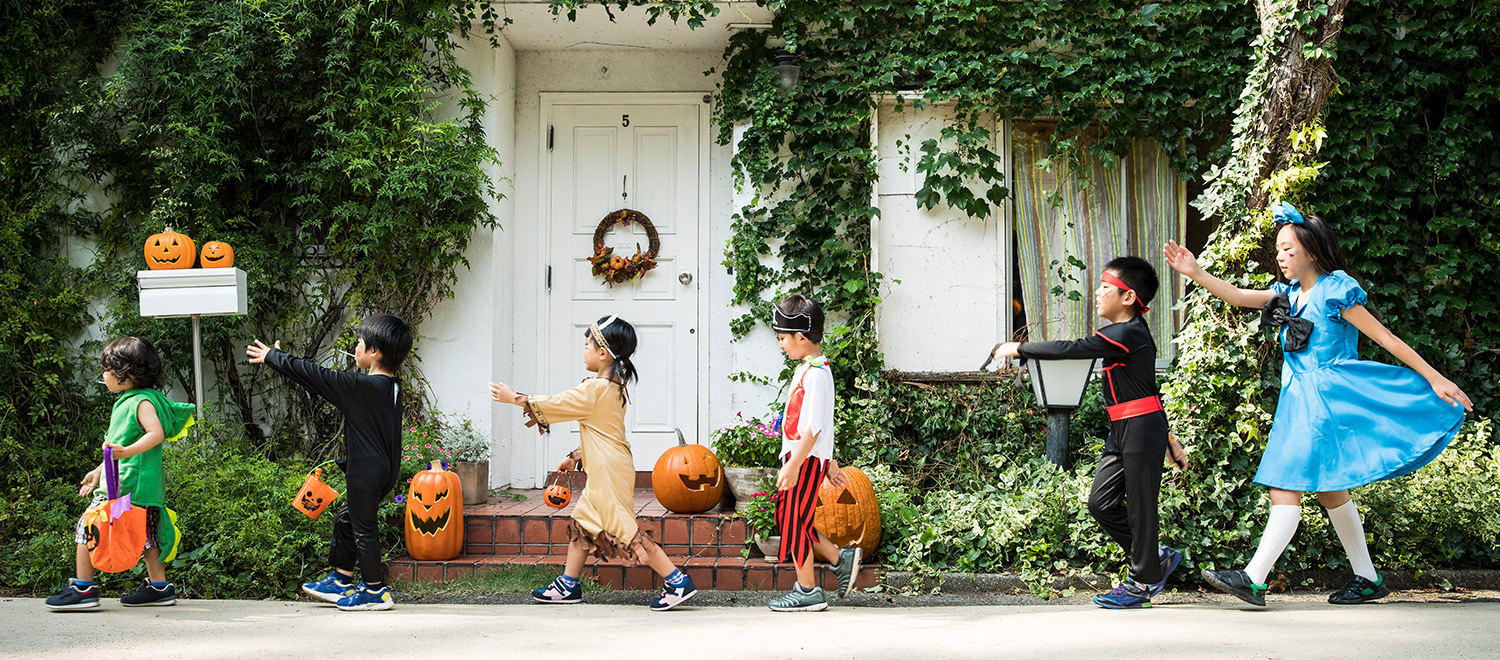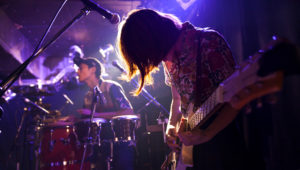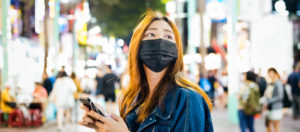If you thought Halloween is unique to the U.S., you are mistaken. Even if you did think Halloween is celebrated in other cultures, you certainly wouldn’t have guessed how big it is in Japan.
According to the Japan Anniversary Association, total Halloween-related spending in Japan reached ¥135 billion ($1.2 billion) in 2016 from costume shopping to Halloween-themed dining. Today, Halloween has replaced Valentines’ Day as the 2nd biggest holiday in Japan after Christmas.
Interestingly, only about 2% of total Japanese population are Christians. The popularity of these holidays in Japan has nothing to do with religion. In fact, they were all results of extremely successful advertising campaigns. KFC introduced the concept of Christmas in 1974 to establish leadership in the fast food industry. Mary’s Chocolate borrowed the idea of romance through chocolate in 1958 to increase its staggering sales. During this time, the modern Japanese consumers were hungry for all things western; Jazz, movies, bob hairstyles, the concept of freedom and romantic love. Similar trend also happened in other parts of Asia, but not in this scale and intensity as Japan. After all, this is a country with extremely traditional Asian values and arranged marriages for hundreds and thousands of years.
Halloween is the latest of non-Japanese holidays to make it big in Japan. In 1999, Disneyland held a special one-day Halloween event and was proven to be extreme successful. Ever since, Halloween has become a mainstream marketing point for not only cosplay costume companies, but also snack brands, department stores, bars, and clubs.
Dressing up is just part of the Halloween celebration in Japan. Trick-or-treating is still considered rare. The more significant part of this weekly-long celebration is the massive commercialization throughout every possible industry. Starting from September, most stores will sell limited-edition Halloween snacks, Japanese candy, decorations, pre-fix Halloween-themed dinners, and much more. Movies and anime hits will even run massive campaigns to encourage people dressing up as characters from those films.
It is not hard to understand Japanese’ love for the holiday given the existing popularity of cosplay. With its massive export in video game, comics, and anime, Japan has always been on the forefront of highly creative and elaborate cosplay. It has been a big part of the culture even before Halloween was a thing. If you recall at the closing ceremony of the Rio Olympics, Japanese Prime minister Shinzo Abe even appeared as Super Mario. This is a gesture very few government officials would consider appropriate at a major international event.
A deeper cultural reason behind the popularity of Halloween also has to do with Japan’s suppressed social dynamics. Suicide is the leading cause of death for women age 15–34 in Japan. Depression is common and on the rise, yet it continues to be a social stigma with little support network and medical resources. Birth rate has been decreasing for 37 years in a row. Many people spend 11-12 hours at work on the weekdays and sleeping on the weekends. Under such cultural context, it is not difficult to imagine the overwhelming joy Halloween brings to Japanese’ every day life. It is much more than just a fun occasion to dress up. For many, it is a long-needed excuse to escape reality, push boundaries, and express yourself without the judgement of social norms and cultural prejudice.







